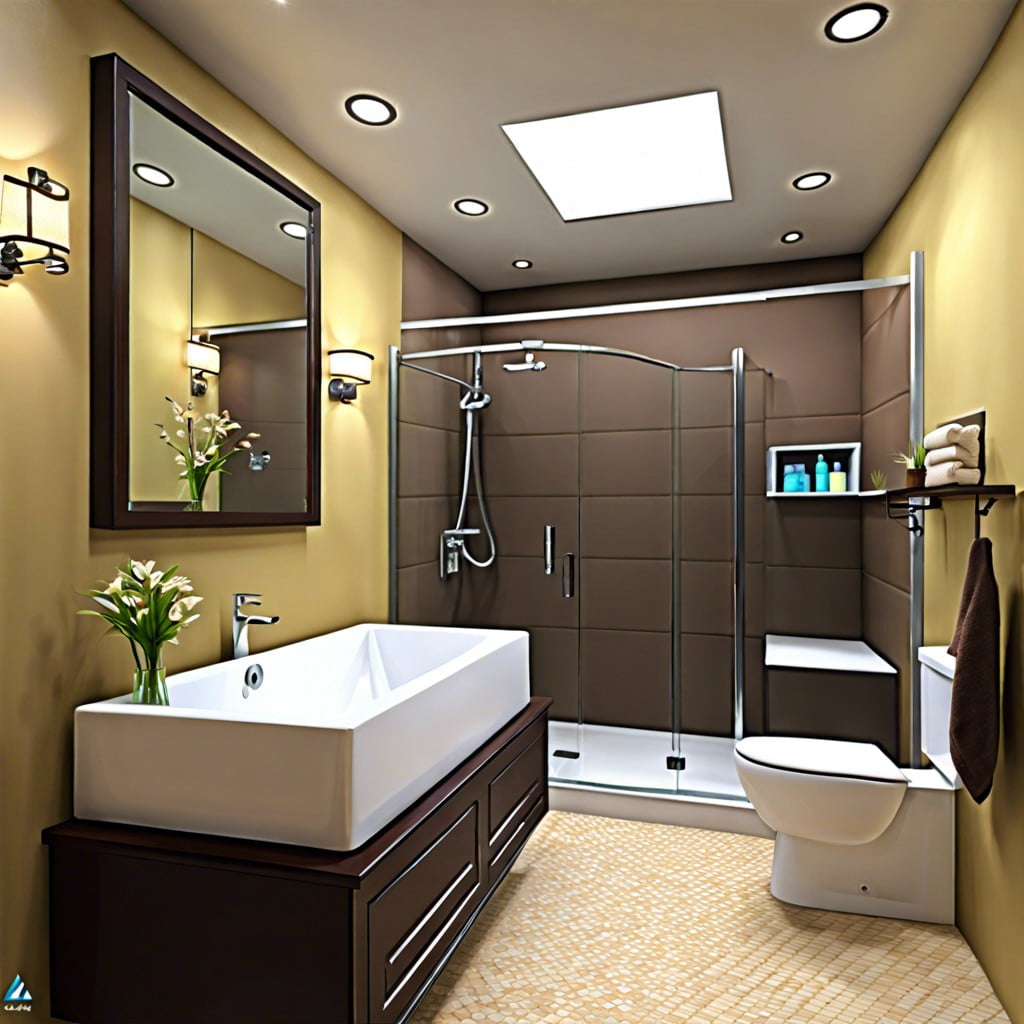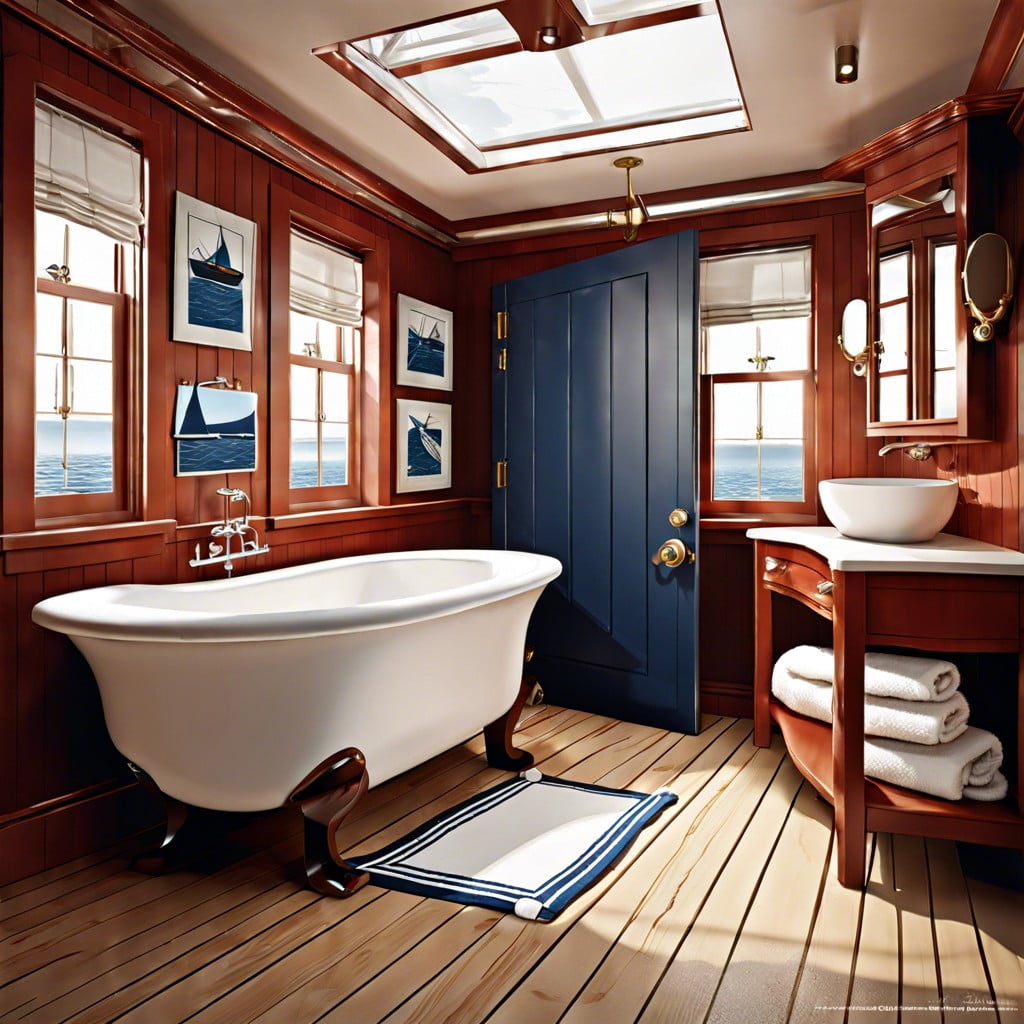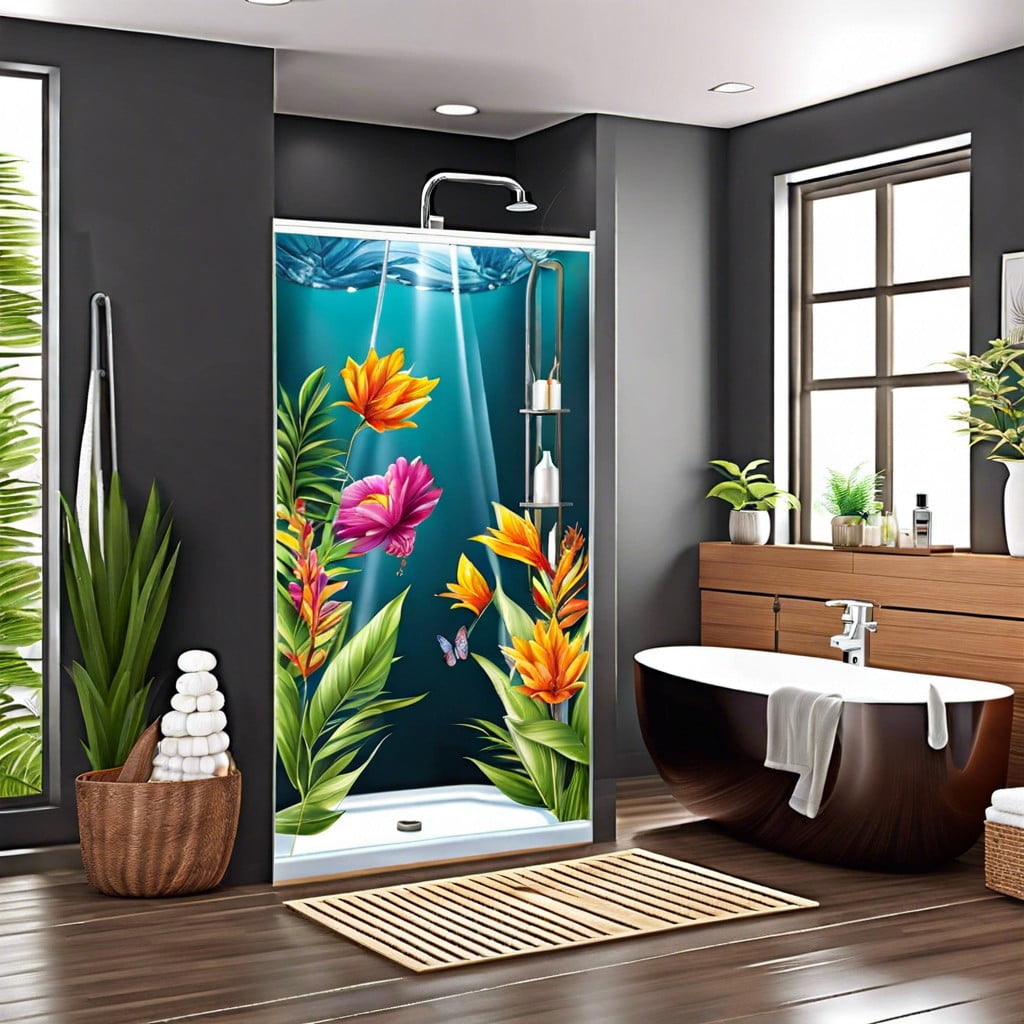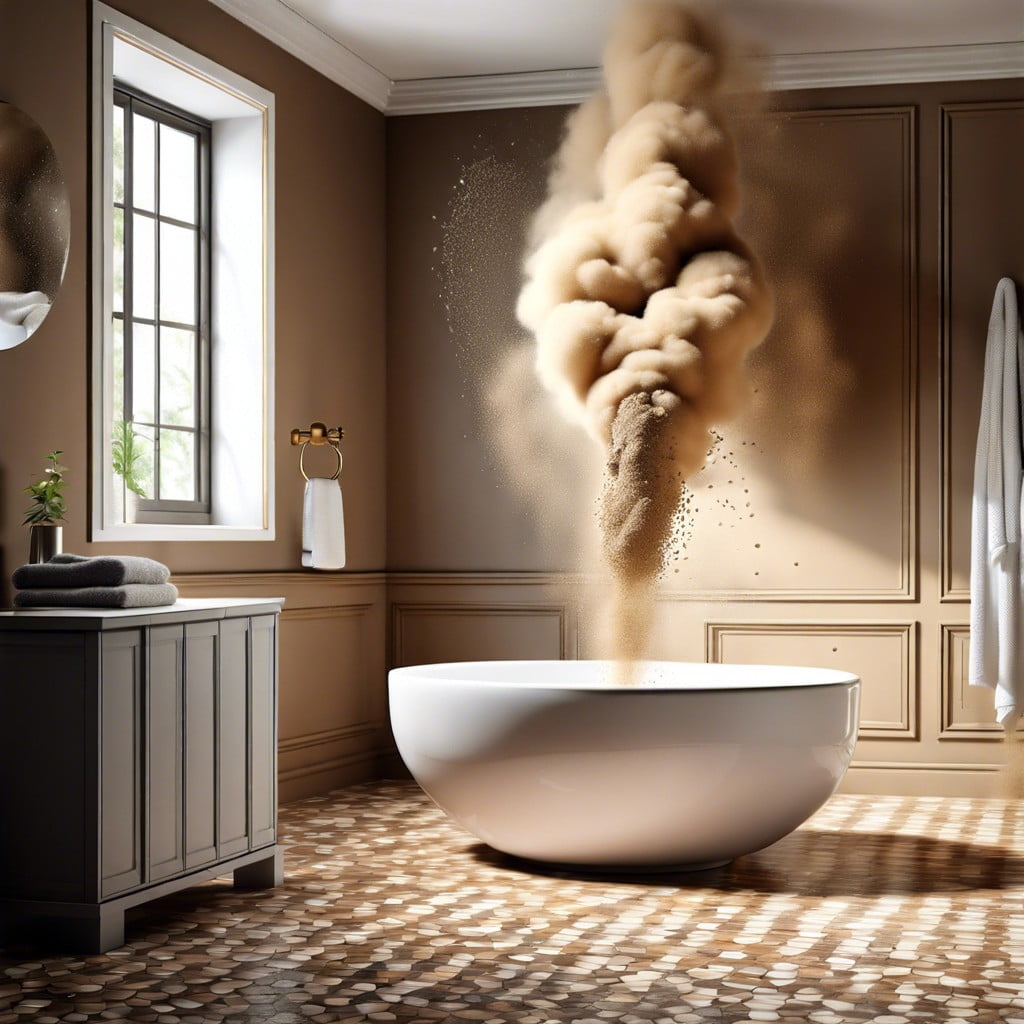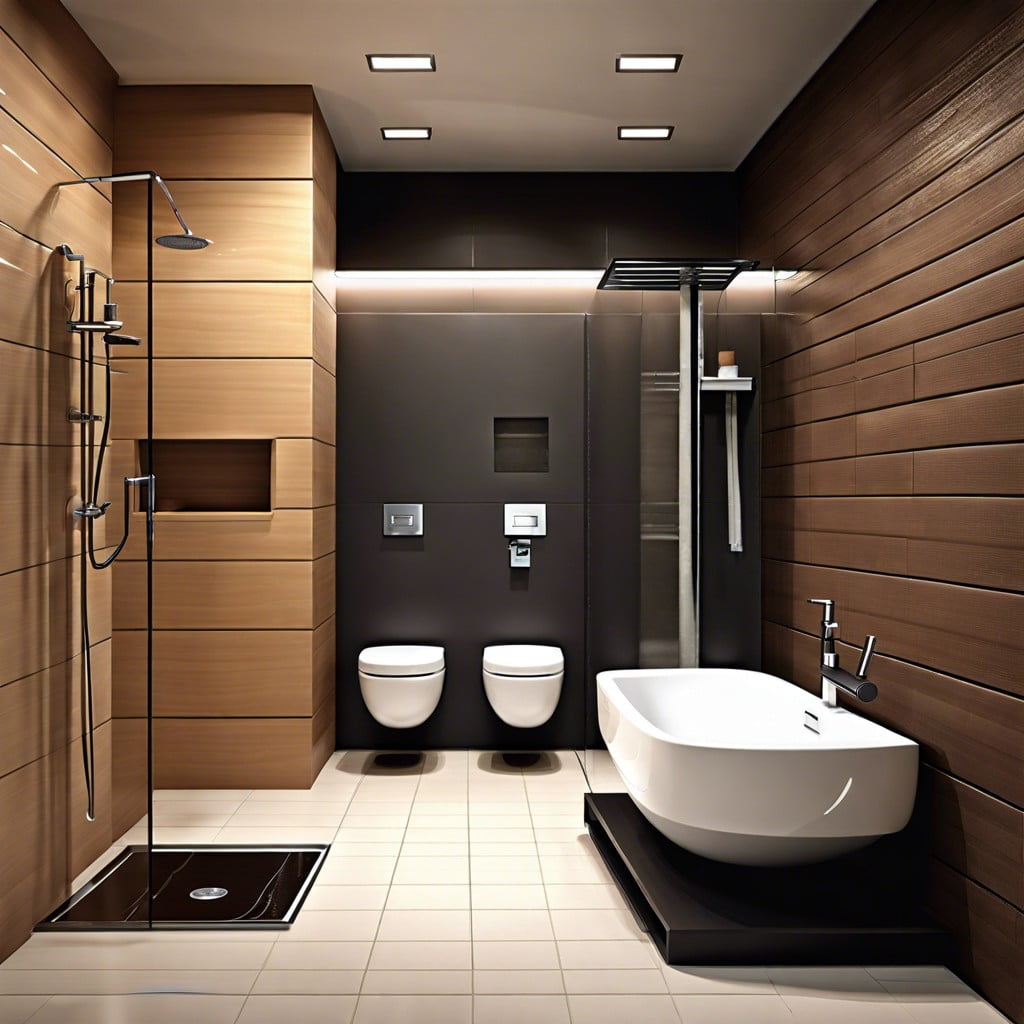Last updated on
A headlamp is a must on most ultra trails. In addition, it greatly simplifies training when the daylight hours get shorter.
In large cities, it is easy to find lighted running trails, but in small towns, this becomes a problem.
This is even more difficult for skiers and trail runners, as illuminated ski trails and forest trails are rare.
In this article, we will show you how to choose the best headlamps for running and skiing, what characteristics are needed, and which brands to look for when buying.
Important Features of Running Headlamps
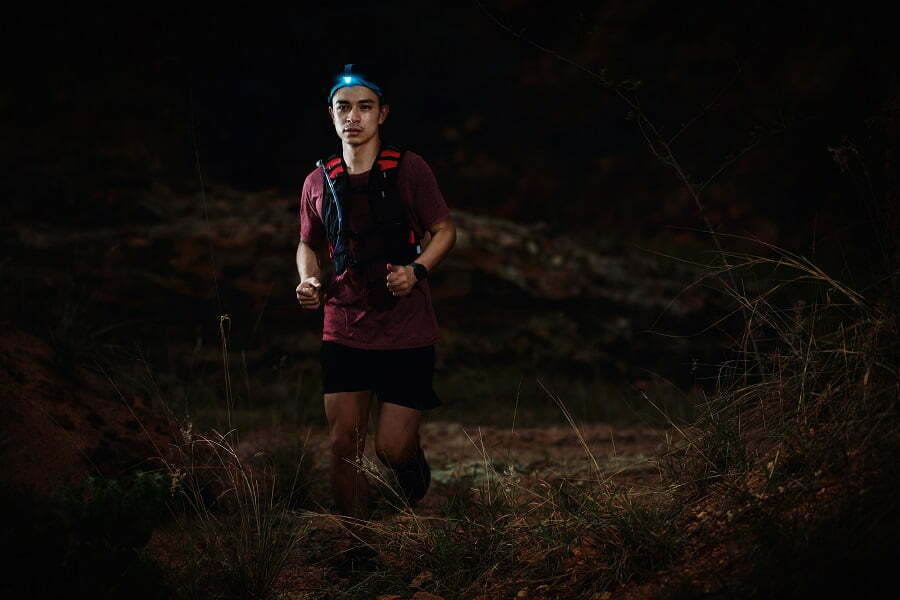
Beam Power and Range
Are one of the most important characteristics of a flashlight, measured in lumens. The more lumens, the brighter the flashlight shines. The power of the simplest running lights is 15-50 lumens. They are suitable for short-term traffic (an hour or two) at dusk, for example, if you start early in the morning. For longer runs in the dark, use flashlights with 100 lumens or more. At some starts, the organizers write the recommended flashlight power. Choose a flashlight with several modes of operation, including diffused light. This saves a lot of power, and the diffused light mode helps with descents.
Weight
The average weight of a headlamp is 50-150 grams. The fewer functions and modes the flashlight has, the lighter it is. Weight is also influenced by the type and quantity of batteries. The heavyweight of the flashlight must be justified by the power. Try to find the optimal power/weight ratio so that there is enough light and it is easy to run with a flashlight. For cross-country skiing, you can take a more powerful flashlight with a long runtime but sacrifice weight. There is no shaking on skis and the flashlight will not dangle under its own weight.
The Degree of Protection of the Housing Against Water and Solids
The degree of protection is indicated by the IPXX index, where the first X is the level of protection against solid particles, the second X is the level of protection against moisture. The index is indicated on the package of the lantern. If only one value is specified, then the flashlight was tested for only one indicator. Pay attention to the moisture resistance index. The flashlight with an IPX4 index will withstand rain and sleet.
Working Hours
Flashlight hours are measured in hours. The more powerful the flashlight, the faster it discharges. The power of the flashlight will be 200 lumens only for the first time, and as the battery is discharged, the light will dim. To conserve power, use different modes: very bright light is not always needed. When driving uphill, the minimum power is sufficient, but on the descent, you need maximum power. Usually, the operating time and range of light at a certain power are indicated on the box from under the flashlight. In hot and cold conditions, the operating time of the flashlight decreases.
Battery Type
The headlamp is powered by rechargeable batteries or batteries. The difference between the two is that the rechargeable batteries are rechargeable and the batteries are disposable batteries. Typically, the design of a flashlight allows both types of power supply to be used. If the battery is discharged, you can replace it with a battery, and vice versa. Choose a battery-powered flashlight if you will not be able to charge the battery for a long time.
Modes of Operation
There are three main modes: economical, standard, and maximum power mode. It is important to switch modes wisely to conserve power. Even the most expensive flashlights won’t last long at maximum power. Some models have flashing mode and red light. These modes are used for SOS signaling. Some modern flashlights use adaptive lighting.
Other Important Facts
- Choose a flashlight based on your needs. For ski training, a more powerful and heavier flashlight is suitable. On cross-country skiing, the weight will not interfere too much, and powerful lighting is necessary for safety on the slopes. Do not forget that in cold weather rechargeable batteries and batteries hold a charge worse, so a flashlight with an extended operating time will only be a plus. But for running, it is better to choose the lightest flashlight, but with sufficient power.
- Focus on the type of competition. If you need a flashlight for a couple of hours at dusk during the start, there is no point in buying a powerful flashlight. And if you have to run for almost a day, spend the night in the forest, choose a flashlight from 100 lumens and take replaceable batteries.
- Make sure you can easily operate the buttons and flashlight modes with gloves.
- Try on a flashlight: you should be comfortable. The lantern should sit tightly, not move out while driving, but also not press. Jump, shake your head to make sure the flashlight doesn’t move.
- It is important that the angle of inclination of the flashlight is regulated. It comes in handy on the ups and downs.
Recap
